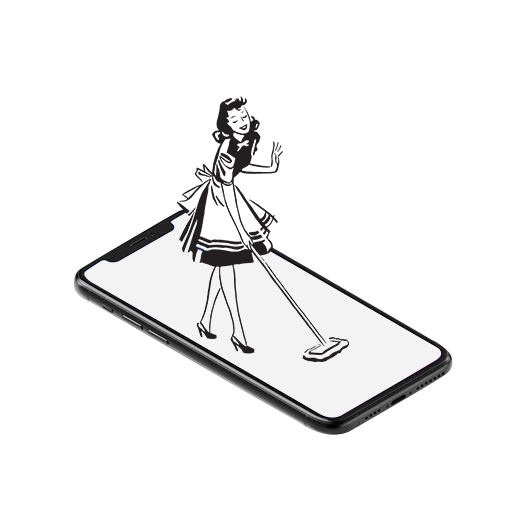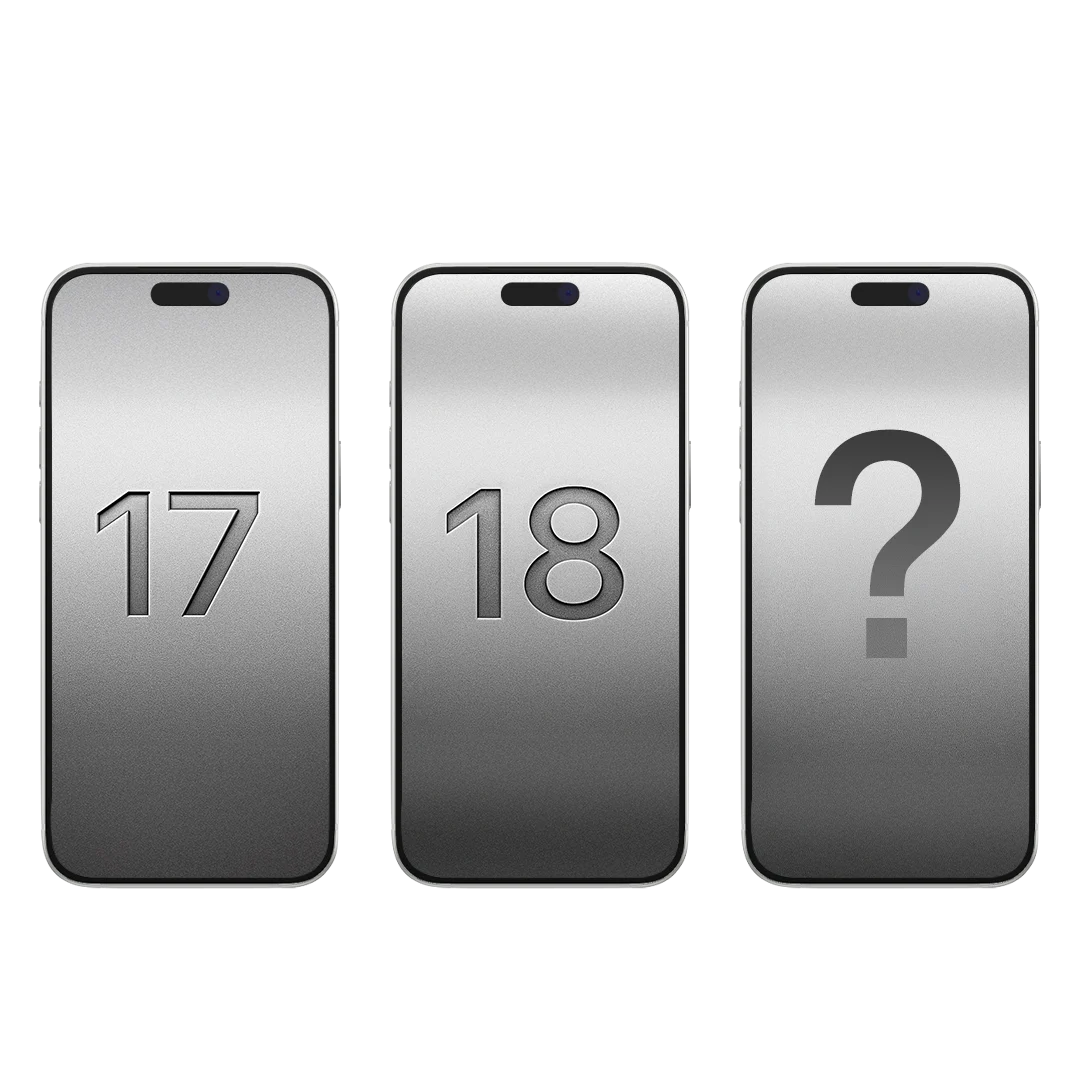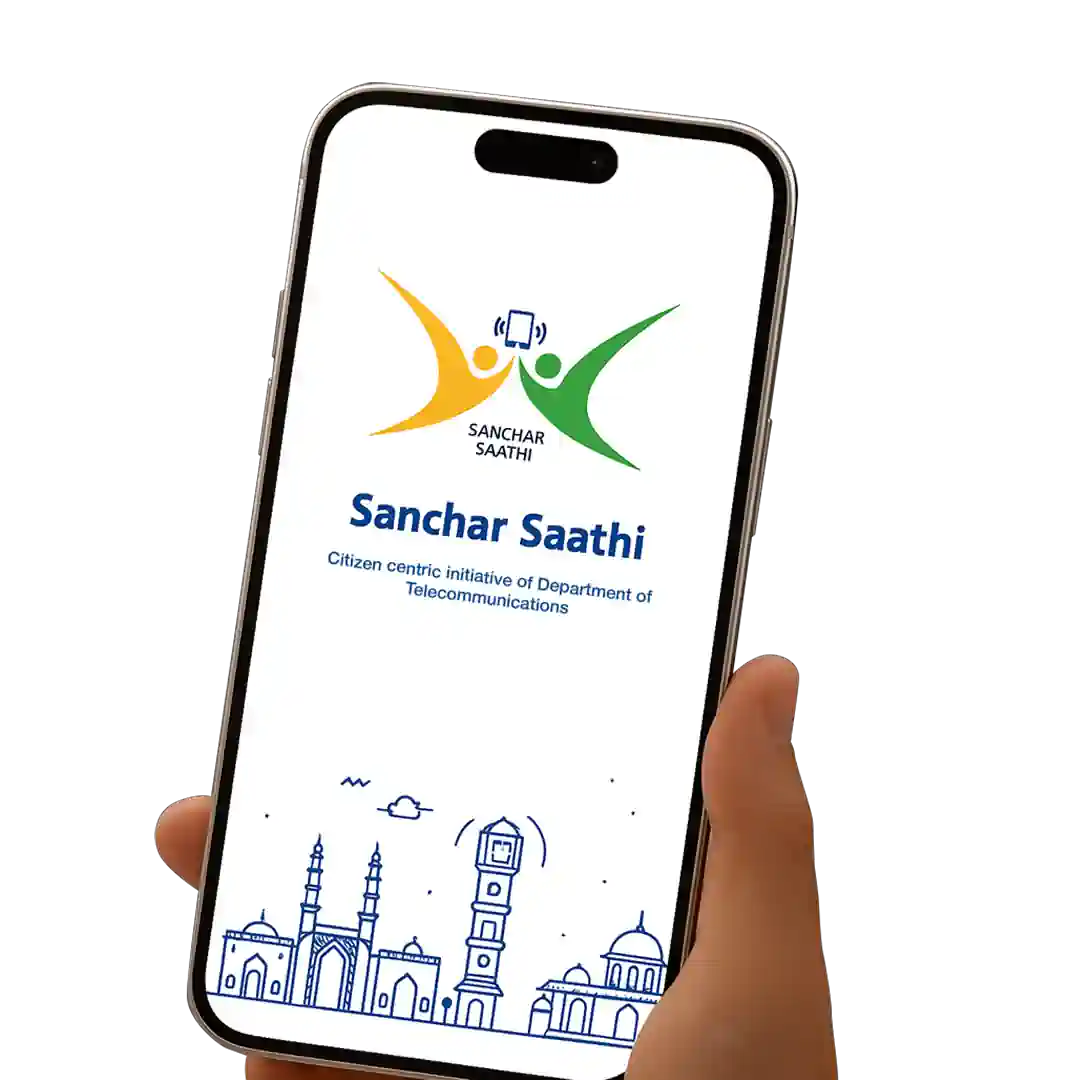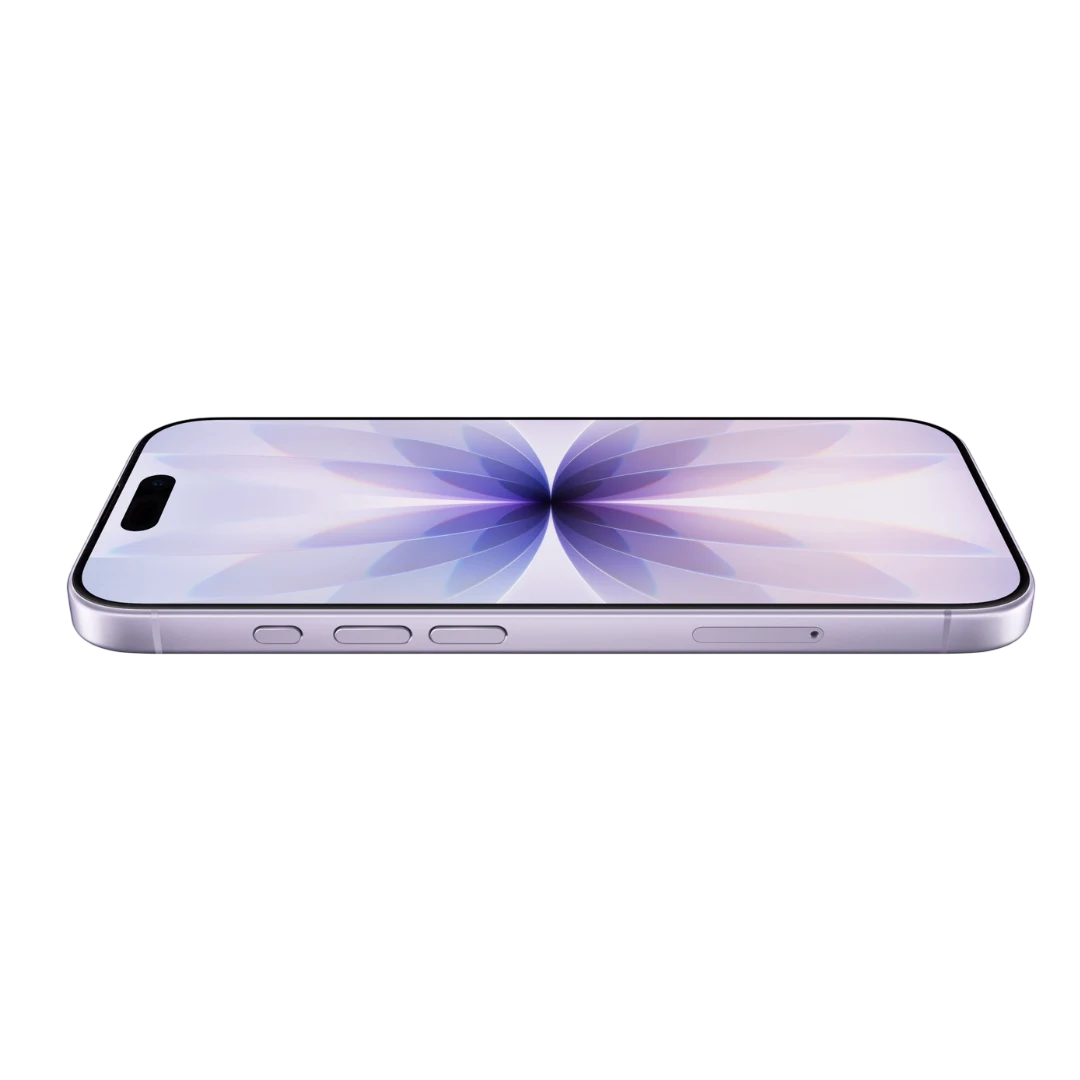Is it just me, or do you also find setting up a brand new iPhone satisfying as heck? Sure, it may leave me with my iPhone stuck to my face for hours and earn me some patronising glares from my roommates, but what can I say? I like to go above and beyond when I take care of my baby.
Now, I know some people swear by clean-installing new iPhones while others prefer to restore their old set-up. Whichever camp you might fall into, you should still know what you should do if you want to set up your iPhone from scratch.
Doing a clean install of a new iPhone is kind of like spring cleaning. You get rid of the digital cobwebs and all the junk that you don’t need, give yourself a clean slate, and start redecorating. You may also unknowingly get rid of some pesky bugs in the process. So, if you’re planning on going this route, here are few of the best practices that will help you get the most out of your new iPhone.
Don’t be greedy; re-download only needed apps
It’s generally just good sense to not clutter up your phone with unused apps that just lay there, eating up space. And if you’re setting up a new iPhone from scratch, then it’s even more important that you don’t just go back and re-download all that useless stuff you’re never going to need anyway. It’s honestly the whole point of doing a clean install of a new iPhone in the first place.
To re-download your old apps, make sure you’re signed in to your Apple ID, tap into the App Store → Account → Purchased, and go where few have been bold enough to venture before. And remember, only download the apps you use daily.
Spammers who? Set-up Do Not Disturb
I bet you’re sick of always having pesky notifications and distractions pop up on your iPhone during all hours of the day. Well, there’s an easy fix for that. Just set up Do Not Disturb and schedule it for times when you don’t want to be bothered (say, 11 p.m. to 8 a.m.). You’ll find it in the second section of Settings, below Notifications and Control Centre. Just remember to let some things through; allow calls from your Favourites and toggle Repeated Calls to On. You never know when an emergency might pop up.
Give shawty a new name
If you have several devices and are using connected services like Find My iPhone, you’ll want to change the name of your new phone so you can easily figure out which one to find. Tap on Settings, go to General → About → Name, and type in a unique name that’ll let you know which device to target over the network.
Set up your emails
Add your email accounts right away. For Apple’s Mail app, go to Settings, tap on Passwords & Accounts, then Add Account. When this is done, set your default account (For some reason, the iOS Mail settings always default to an account we never use) so that all your emails will be sent from your preferred email address. To set this up, go to Settings→ Mail→ Default Account and tap on your preferred email address.
Personalise your email settings
Mail lets you see the contents of an email without opening it, so might as well see as much of it as possible to make sure it’s worth your time, right? Go to Settings → Mail → Preview and set it to 5 Lines, so you get the most out of this little preview without having to open the email.
Did you know you can swipe away your emails rather than having to click on several different buttons in Apple’s Mail app? You can set this up in Settings → Mail → Swipe Options. So, next time you’re rushing through the hundreds of emails in your Inbox, you can quickly save an email to your Archive by swiping right or Delete it by swiping left. You can even change Swipe Left to Mark as Read/Unread so you can organise your emails quickly and easily.
Set default Calendar alerts: Don’t forget Mom’s birthday!
Remember that one important event you specifically put in your calendar but forgot on the day of? Yeah, me too. Calendars are great tools, but only if you’ve set up your alerts properly. To get the most out of your iPhone Calendar, set a default alert timing for birthdays, events, and all-day events.
Go to Settings → Calendars → Default Alert Times and set birthday alerts to one day before, event alerts to 15 minutes prior or however much time you need, and all-day events to the morning of. Trust me, these settings have (albeit metaphorically) saved my life before.
Toggle background app refresh
Don’t want unnecessary apps running in the background? Same. They just slow things down. Go to Settings → General and toggle Background App Refresh to On. Then you can manually toggle Off all the apps that you keep going back to throughout the day and don’t want refreshed. If you don’t know which apps to choose, toggle it Off and see if your iPhone is slowed down by any apps that need to be refreshed when launched.
Set up iCloud back-up
iCloud is the best way to keep your stuff backed-up and safe. You can also manage your storage here. Go to Settings, tap on iCloud, and sign in with your Apple ID. Once there, enable iCloud Drive, Contacts, Photos, Reminders, Safari, Notes, Backup, Wallet, Find My iPhone, etc. Make sure to allow back-ups of everything you need right away so that you never lose important data.
Keep your screen from dozing off
The default two-minute Auto-Lock time lowkey infuriates me. It may keep my battery running longer, but it sure as hell is not convenient for regular use. So, one of the first things I do when I get a new iPhone is to set the Auto-lock to five minutes. This way, I don’t have to keep tapping my phone to keep it awake. If you want to do the same, go to Settings → Display and Brightness→ Auto-Lock.
Get messages on all your devices
This feature is pretty neat. You can get text notifications from your iPhone to your iPad or MacBook if you set up iMessage on them. To do this, go to Settings → Messages → Text Message Forwarding. Your available devices will show up here. Next, toggle your Mac or iPad On; a code will appear, which you’ll need to enter into your iPhone. Now, all your devices will not only receive iMessages but text messages as well.
Set up Safari for easy browsing
If you don’t want to keep filling out your name, address, email, and card details when you surf the web, head to Settings → Safari → AutoFill and set up your mobile browser the right way. Toggle Use Contact Info to On, tap My Info, then pick the contact you want to use to fill up forms in Safari. Also, you’ll probably want to have iCloud Keychain enabled to save passwords and not have to reset them all the time when you (inevitably) forget them again. To do this go to Settings→ Apple ID → iCloud → Keychain.
Of course, you don’t have to jump through all of these hoops when you set up your new iPhone if you don’t want to. You can always take the easier (read: lazier) route and simply restore your old iPhone’s set-up as well. But just remember that you’ll be bringing a lot of baggage with you (and nobody wants that).
If you’re looking for a way to kill time as you practice social distancing during this pandemic, this is one way to do it. Happy tinkering around!





